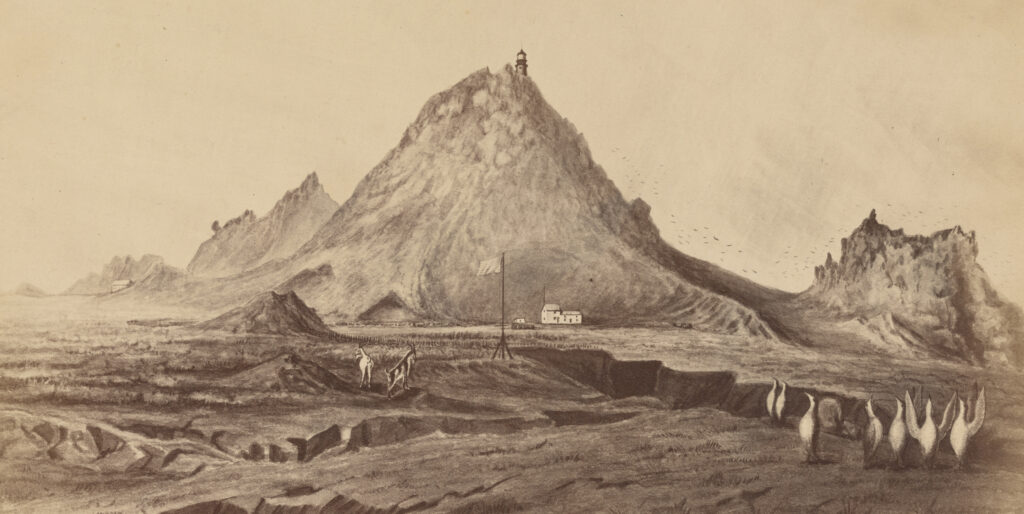
Kate Walker here, keeping the light on Robbins Reef. Lighthouse Inspector Snow told me about the resignation of W.H. Rugg, keeper of the Farallon Island Light Station in 1887.
The Board replied that the resignation should not be accepted, but that Mr. Rugg should be removed, to take effect from 11 August 1887. As one of the more isolated stations in California, Farallon Island took a toll on its keepers. The families of the keepers did not always get along, and there were charges of inattention to duty, thievery, and drunkenness.
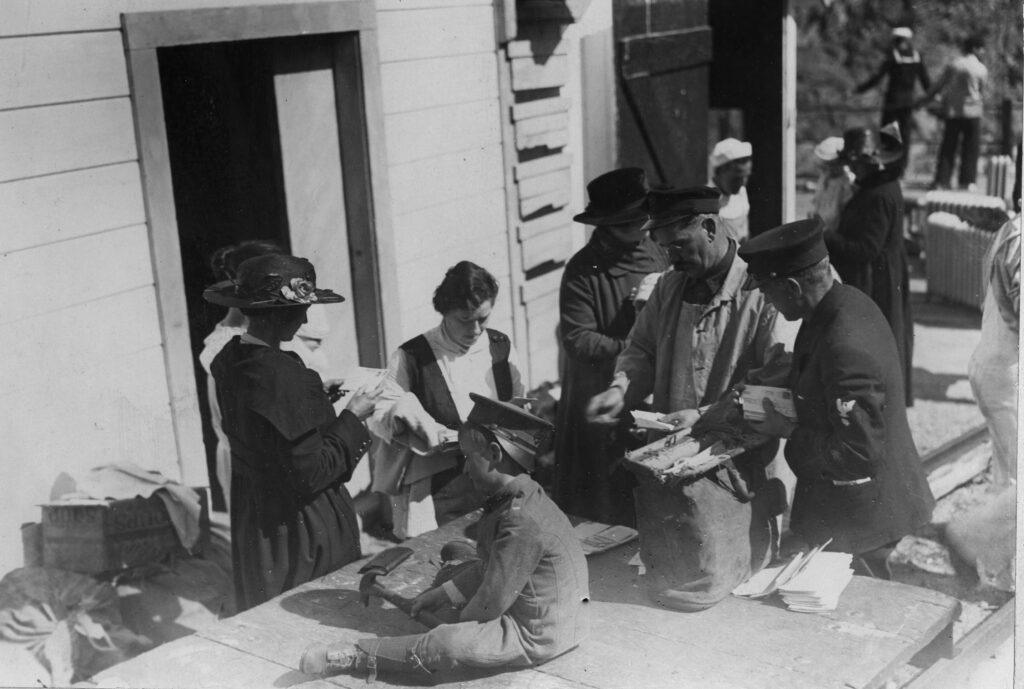
Furthermore, Instruction to Light Keepers #15 says that “light-keepers must not engage in any traffic on light-house premises, and they must not permit it by any one else.”
The Inspector of the 12th Light-house District informed the light-House Board, by letter of 13 August 1887 that, in consequence of reports from pilots that the fog signal at Farallon Island could not be heard within a mile to the south and west of the island, he visited the island and found a bad state of affairs existing there, for which the Keeper, Mr. Rugg, was responsible.
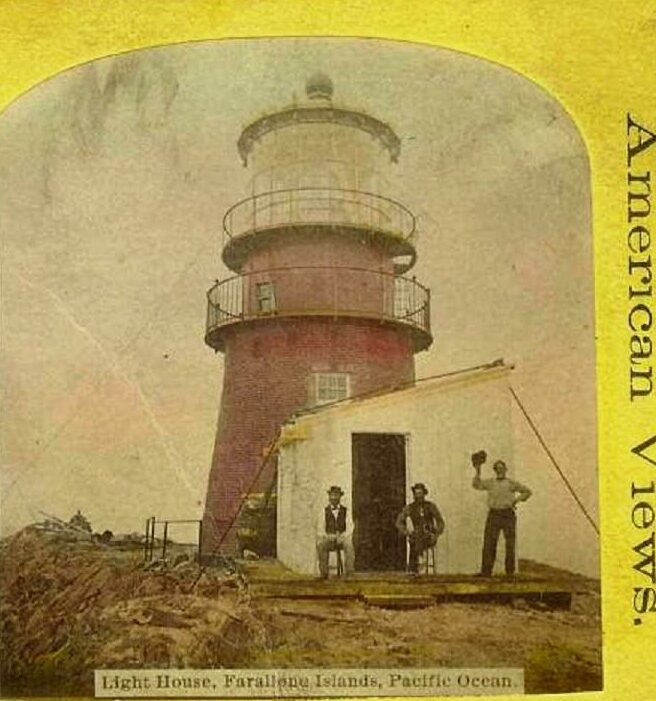
The Keeper, instead of obeying instructions in regard to keeping off trespassers, sealers and egg pickers, had received the family of one of the sealers into his own house. He also allowed egg pickers to occupy the old stone dwelling on the premises and to use the boat belonging to the
station for six weeks. He deliberately deceived Captain Hooper of the Revenue Cutter Crown, by informing him that there were no trespassers on
the island, when a party of them were hid in a cave on the island, having gone there when the cutter was sighted.
The first assistant keeper, Mr. John C. Ryan, reported Mr. Rugg for having been repeatedly under the influence of liquor and incompetent to perform his duty. Also, that when he relieved the Keeper, he rarely ever found the pressure of steam higher than 40 pounds, when at least 60 pounds should be carried, which, the Inspector states, would account for the fog signal not being heard a portion of the time. The fog signal was found in bad order by the Inspector, the boilers not having been washed out in nine months. The feeding pumps were ineffective from small and necessary repairs not having been made by the Keeper.
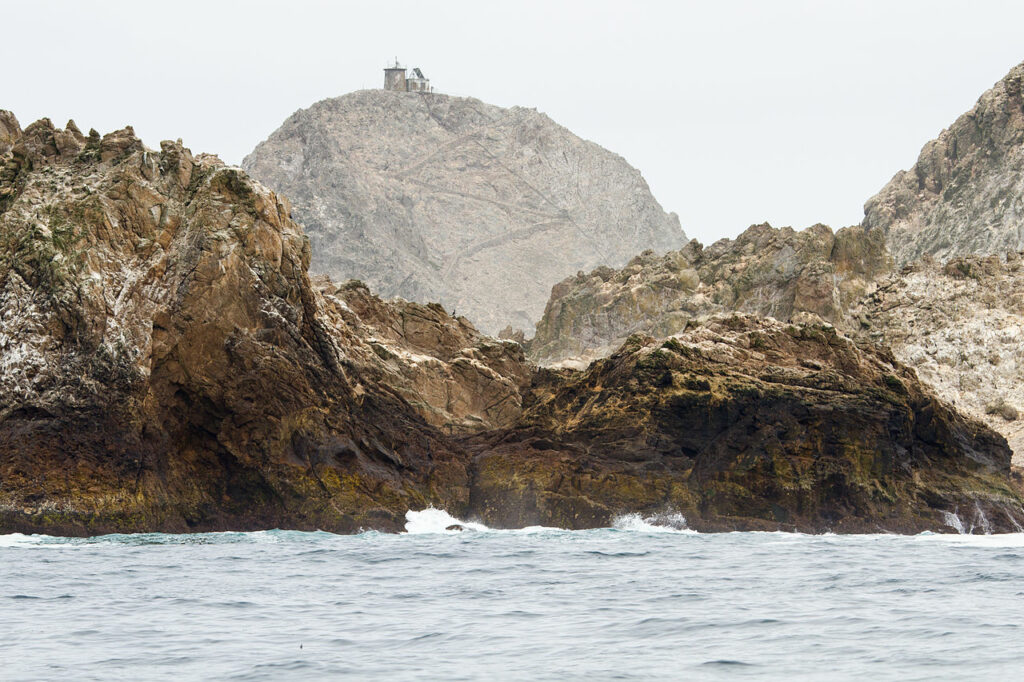
The Farallon station was one of the most important on the Pacific Coast. The proper operation of the fog signal was especially necessary. A year or two since, a ship ran ashore there in the fog, and there was always danger of a repetition of the disaster. Only competent and reliable men should be in charge of the station, and the removal of Mr. Rugg, who has been guilty of gross neglect of duty, was desired, that the station might be placed in trustworthy hands.
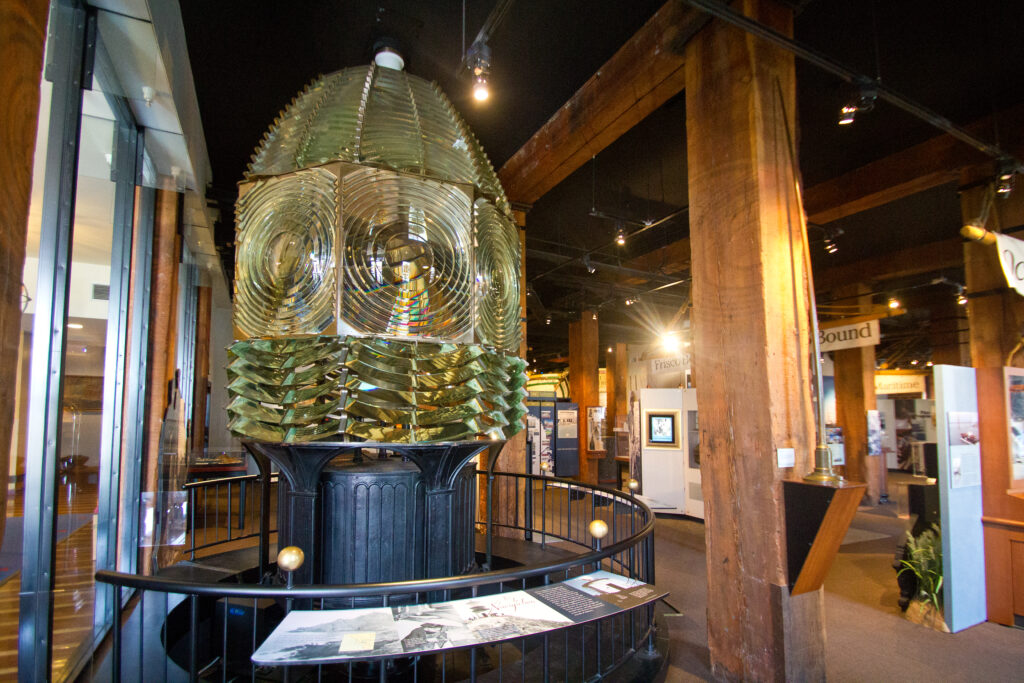
On April 12, 1905, the USLHB Naval Secretary wrote to Inspector McCrea: “Inform your keepers that they should not collect birds eggs and skins for the Audubon Society, and should treat any persons so doing on light-house property as trespassers.“
*********

Information is from National Archives Record Group 26 Entry 1 and 3 (NC-63), Volume 126.


I doubt many of us today could bear the isolation of such a posting. Nevertheless, compared with similar conditions at other light stations, this keeper was apparently not cut out for the work.
I loved reading this. Henry Wilson Young replaced Rugg as Head Keeper in 1897 and served there until 1890 when he transferred to Point San Luis as this new light station’s first Keeper. I wrote an article about Henry Young for the journal of the USLHS. It appeared in the August 2017 edition of “The Keeper’s Log.” I spent almost a year researching Henry Young, and was thrilled to see my article published in the journal. What I didn’t know was why he replaced Rugg, so this was valuable information.
Kathy Mastako
Volunteer Docent, Researcher, and Writer
Point San Luis Light Station.